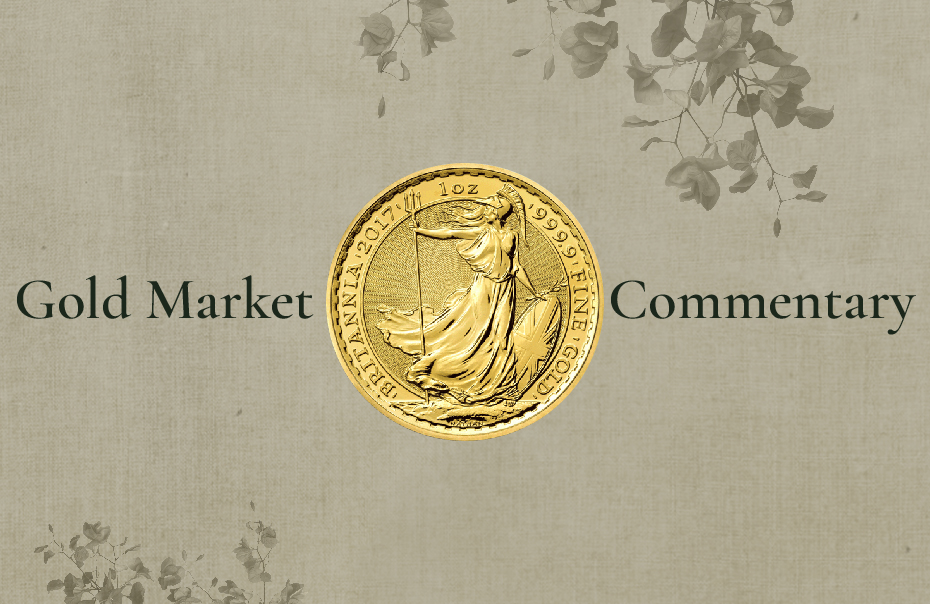Gold prices eased off from recent record highs in mid-March due to strong U.S. economic data, notably stubborn inflationary pressures.
After robust February U.S. producer prices (PPI) data, gold dipped, due to dampening expectations for an early U.S. interest rate cut, amid a slightly scaled back probability of a cut in U.S. interest rates by the Federal Reserve in June.
The February producer price index report for February came in at up 0.6 percent, which was double a forecast for up 0.3 percent month-on-month, and follows a 0.3 percent rise in the January report.
“Because the Producer Price Index (PPI) is a precursor to retail costs, therefore affecting inflationary pressures to consumers, inflation reports for next month will be largely influenced by this report as it is a precursor to understand where inflation could go in the future,” wrote commentator Gary Wagner for Kitco News.
“If inflation continues to be sticky or rises in March, it will certainly weigh heavily on the minds of Federal Reserve officials as they shape upcoming changes in their monetary policy.”
The producer prices data contributed to strengthen the U.S. dollar, making gold more expensive in terms of other currencies.
The outlook for the dollar appears firm.
The dollar rose on March 15, boosted by soaring U.S. Treasury yields following the higher-than-anticipated February PPI numbers.
Labour market data, showing that the number of Americans applying for jobless benefits stayed at historically low levels, further solidified the dollar’s gains by bolstering confidence in the economic prospects of the world’s largest economy.
Gold prices were up 0.3 percent to USD 2,168.58 per ounce on March 15.
The British pound has retained its relative strength to the dollar, in which gold prices are denominated, making gold more affordable to UK-based gold savers.
Sterling has been the only major currency to rise against the dollar in 2024 as investors have bet that the Bank of England will keep interest rates higher for longer than other central banks.
Now investors have put back hopes for a Bank of England rate cut until August, after expected U.S. Federal Reserve and European Central Bank cuts in June.
This may keep the pound firm against the dollar in the near term.
A key focus in the UK economy going forward will be risks of recession, with an eye on the outcome of general elections due later this year.






